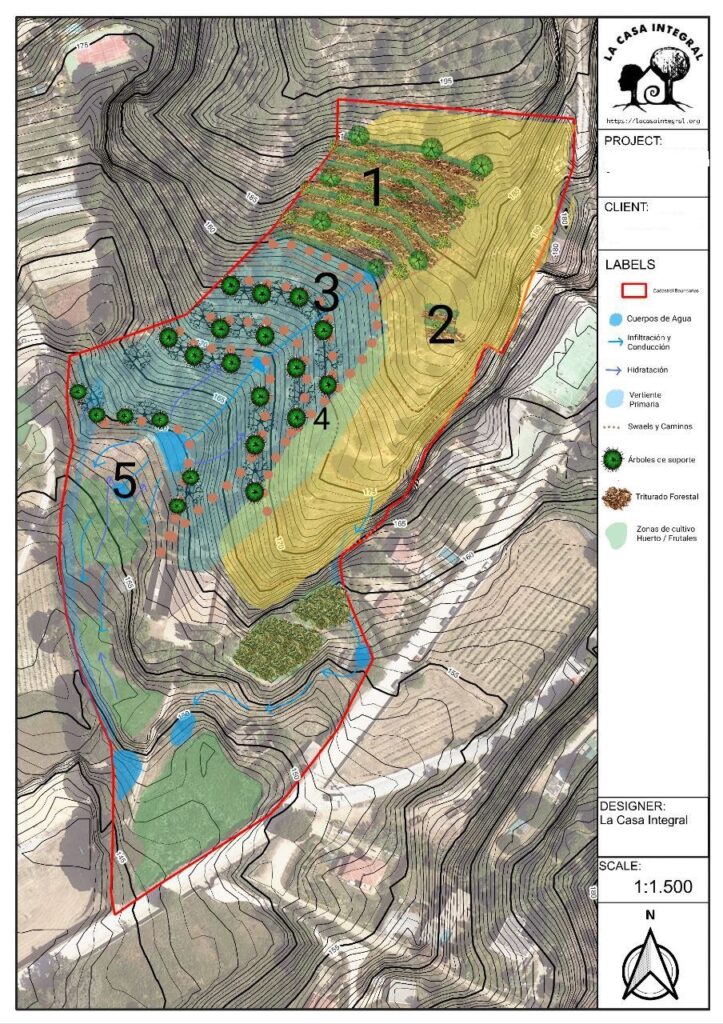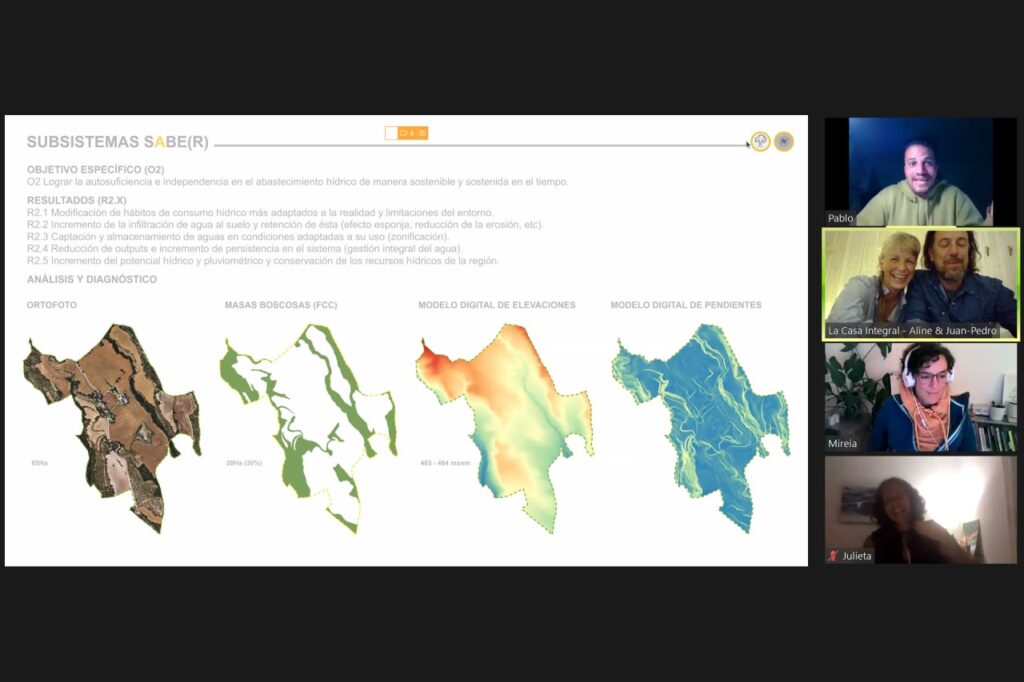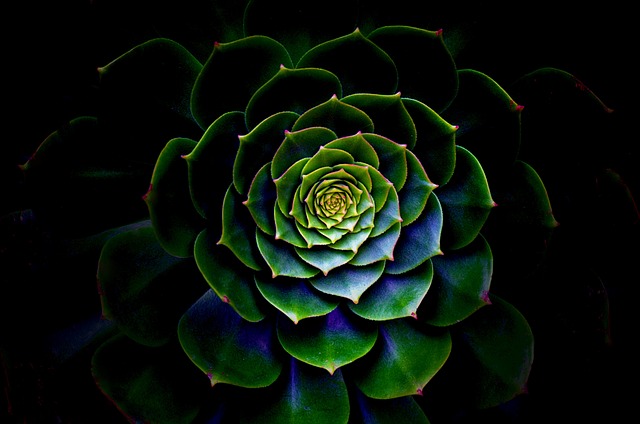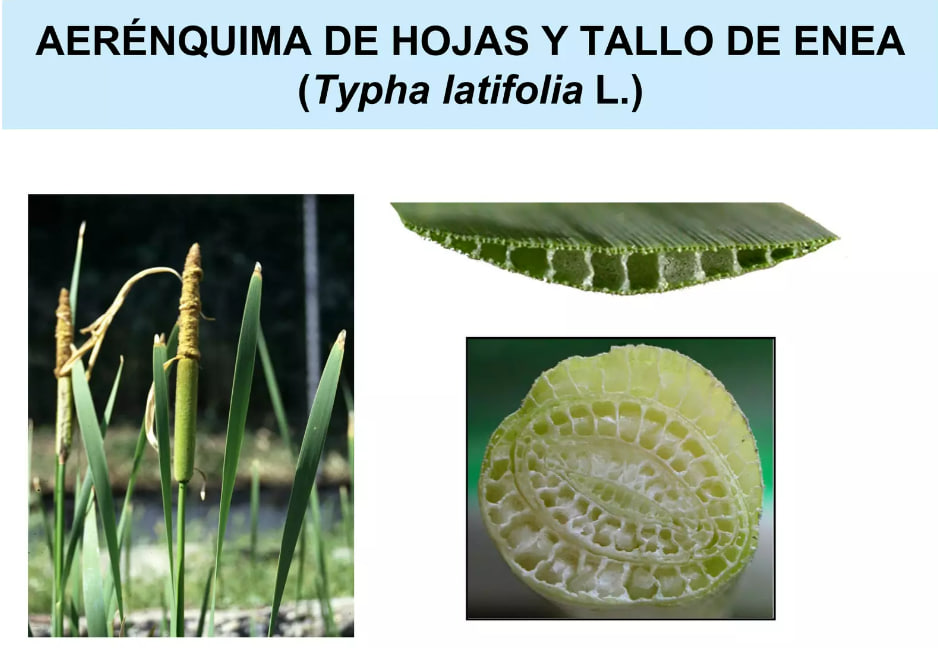
Typha latifolia, purifier par excellence
What aquatic plants do we use in the aquatic planter (the secondary treatment) of our SIRAR? Today we see Typha Latifolia or broadleaf cattail.

Typha latifolia is a perennial herbaceous plant that grows in wetlands and shallow waters. It is native to North and South America, Eurasia and Africa, and has a distinctive cylindrical, sausage-shaped flower spike. It is a plant with multiple benefits to the entire ecosystem, including people and animals.
The broad-leaved cattail, which can transfer more atmospheric oxygen to its roots than the narrow-leaved typha angustifolia, is adaptable to water and sun. It can withstand flooding, salinity and drought. The growing season is in spring and flowering occurs in summer; in autumn and winter the leaves dry out.
These plants are part of the family of emergent macrophytes or helophytes and are experts in cleaning (waste) water. They can absorb pollutants, such as heavy metals and pesticides, and stabilize the banks of water bodies. With their spongy texture (aerenchyma, photo below) they oxygenate the rhizosphere, where microorganisms live and decompose organic matter. They can also destroy pathogens.
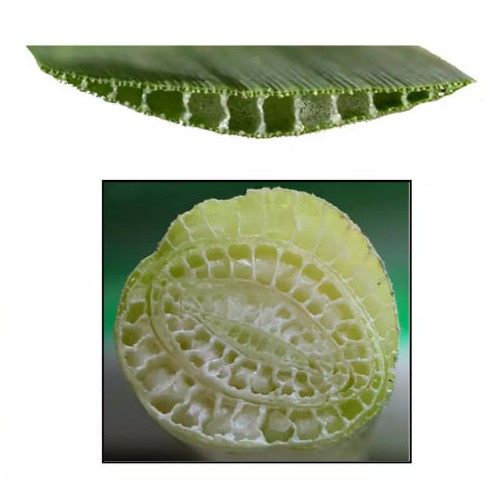
Tall plants are not only an amazing and abundant sight, but also a valuable resource for food, medicine and handicrafts. Many parts of the plant are edible, such as the young shoots, rootstocks, and pollen, which can be used as flour. The extensive rhizomes that spread underwater (or underground on the shore or in a gravel bed in our subsurface horizontal flowing aquatic planters) and form dense colonies and are also edible raw, baked or roasted.
Many handicrafts use typha latifolia to make baskets, carpets, seats and other types of fabrics such as hats. In the garden it offers us biomass in the form of straw from its leaves and also has its use in the construction of pergolas or umbrellas or with the type of glue that can be obtained from the plant.
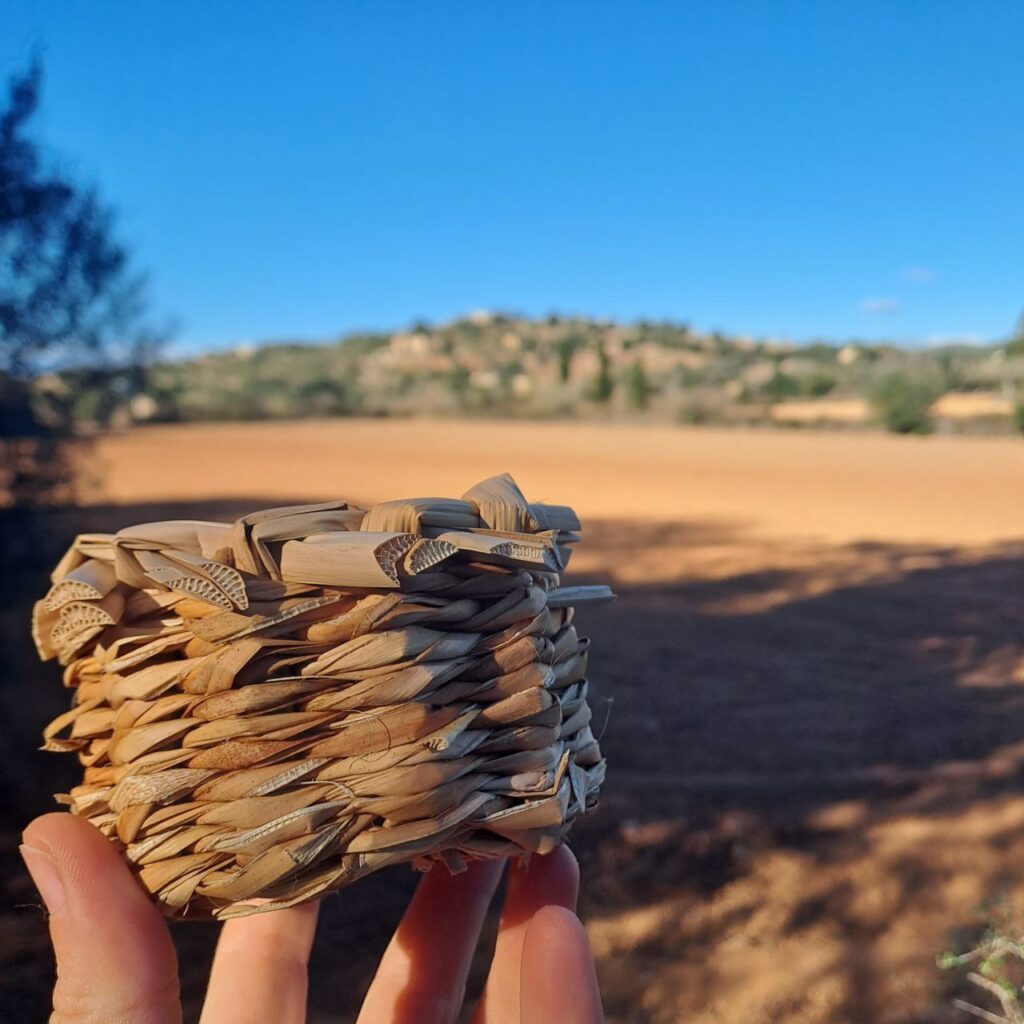
They are also medicinal plants, used to relieve kidney pain or infections, and also provide an important habitat for many animals, especially birds, which use them for nesting, feeding and hiding. The rhizomes of Typha latifolio provide food not only for people, but also for small mammals, such as muskrats, otters and beavers. The plant attracts dragonflies and damselflies, which are beneficial insects that feed on mosquitoes.
The female spikes produce numerous seeds with long hairs that help them disperse by wind and water. These seeds are a source of food for some birds and animals, such as teal ducks and finches.
Cattails then cover many ecosystem functions. However, cattails can also become invasive in some situations, especially when the water level, salinity or nutrient level changes. They can outcompete other native plants and reduce biodiversity in wetlands.
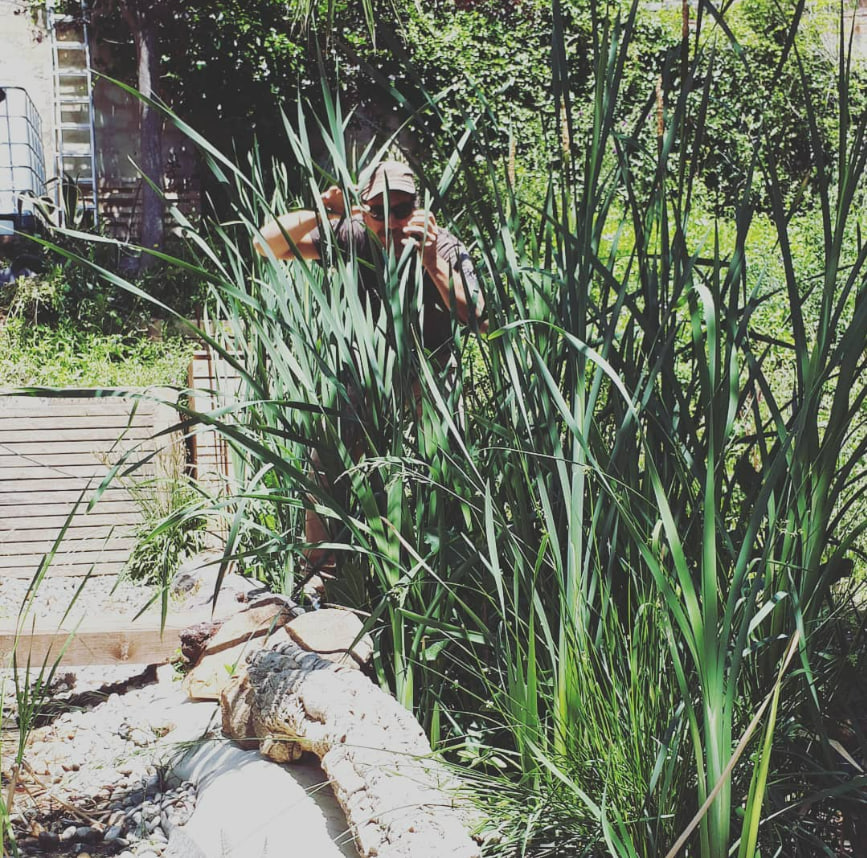
In our aquatic planters, the secondary treatment of our Wastewater Reuse System (SIRAR), is among other useful aquatic plants. One of our objectives is to raise awareness and recover all possible uses of the plant so that there is no risk of encroaching on fragile aquatic systems in the area. If such a sector were to occur in the design context, we have a variety of other plants with which we can work and regenerate domestic wastewater.
More about them in other publications.
Interested in having a SIRAR? Send us an email to info@lacasaintegral.org


